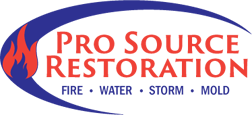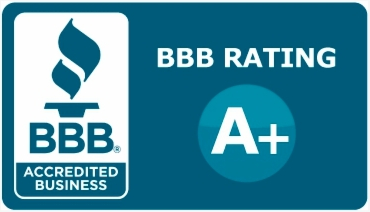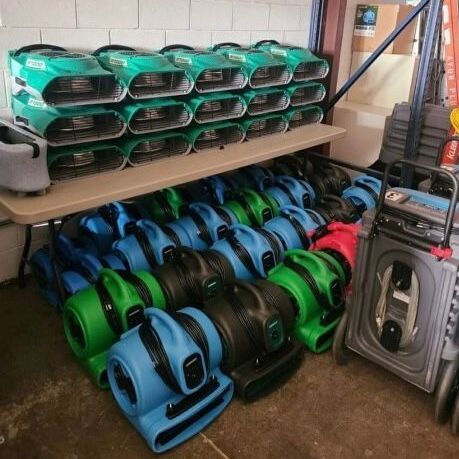Water Damage Restoration
Free Estimates | Same-Day Service | 100% Satisfaction Guaranteed
Free Estimates
Same-Day Service
100% Satisfaction Guaranteed
Remove Water Damage From Your Home
It's amazing how little water it takes to damage your home. Trust the professionals at ProSource Restoration to transform your soaked carpet or damaged flooring back into the sturdy foundation you need!
Contact us today for a FREE estimate on water damage restoration! You'll get an estimate shortly after we arrive at your location.
WATER DAMAGE RESTORATION
Water damage is very unexpected and not always easy to spot. It’s often difficult to determine the extent of the damage without the proper tools of the trade. Some of the more common types of water damage occur from faulty plumbing, a damaged roof and malfunctioning appliances. The most important rule to follow is to stop the source and dry out all materials that have been affected by it. This will prevent secondary damage, such as mold, from occurring in your home.
Mitigating damages is a priority if you have suffered any of the following causes of water damage:
- Faulty plumbing
- Leaks from malfunctioning appliances, HVAC units and water heaters
- Overflowing sinks, bathtubs, showers and toilets
- Damages caused by hurricanes, tornadoes and thunderstorms
- Flooding from rising water and storm surges
- Backup from sewer lines
- Water damage from firefighting efforts
Classifying Water Damage
Category One
"Clean Water" is from a source that poses no substantial harm to people. Water that overflowed while running your bath water, leaking from a supply line for an ice maker, dishwasher or clothes washer are good examples. This assumes that the surfaces being flooded are reasonably clean. Flooding from clean water is usually treated by extracting standing water. Air movers are set up to create evaporation and dehumidifier's to remove the moisture from the air. After 48 hours, a Category 1 can become a Category 2.
Category Two
"Grey Water" poses health risks due to significant levels of contamination of bacteria, mold and/or chemicals. This includes dirty water from washing machines, dishwashers, as well as leaks from water beds, broken aquariums and urine. The water restoration technician should wear some personal protection equipment (PPE). The carpet padding is usually removed and replaced because its sponge-like structure offers the perfect environment for bacterial and mold growth. Due to rampant bacterial breeding and mold growth, Category 2 becomes a Category 3 situation if left untreated for 2 days or more.
Category Three
"Black Water" contains disease-causing organisms, toxins, and is grossly unsanitary. Typical black water conditions occur from a sewer back flow, a broken toilet bowl containing feces, and rising flood waters. (Rising flood water is considered Category three because of the possibility of chemicals and organisms found in lawn chemicals, fertilizers, animal feces, decaying ground debris, and over filled sewer and septic systems.)
Tetanus and other serious diseases are likely to be present in rising flood waters. The water restoration technician must wear personal protection equipment. Affected objects such as carpet, padding, and Sheetrock must be removed and disposed. A biocide must be applied to kill micro-organisms on site.
We can help!
Never lead one problem lead to the next, if you have any stagnant water in your or business it will affect people's health greatly, and eventually has a high chance for breeding mold.
Always call a professional water damage restoration crew to handle the job for you, and it is important to make sure the technician has the right knowledge and tools for the job.
Tools needed
- Infrared probes are used to tell the extent of the destruction,
- air movers, air scrubbers, different sizes and types of dryers and blowers,
- special hardwood dryers specifically for drying the sub-floor and inner wall cavities






Share On: